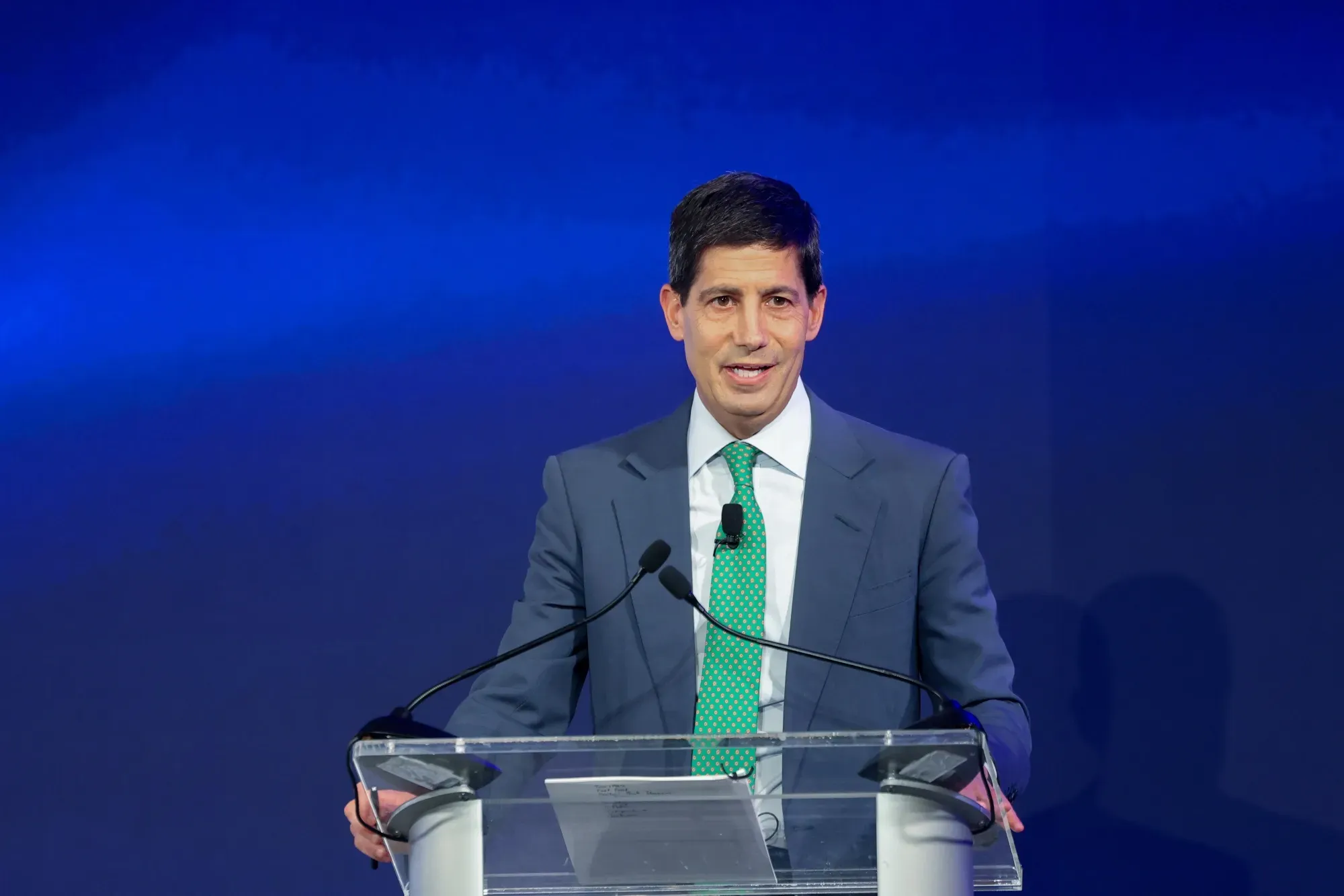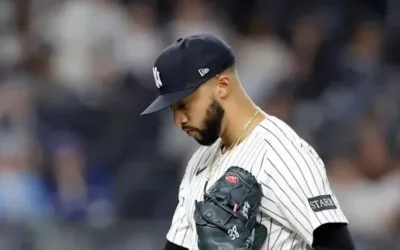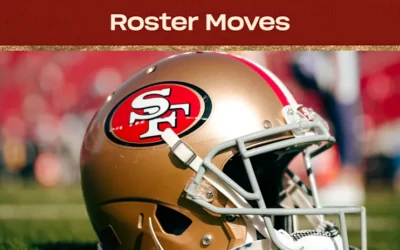In a surprising turn of events, Kevin Warsh, former Federal Reserve governor and a potential contender for the Fed Chair position, has voiced his support for reducing interest rates. This position comes at a time when former President Donald Trump has been increasingly vocal about his frustration with the current Chair, Jerome Powell, and what he perceives as excessively restrictive monetary policies.
As the financial landscape shifts and economic pressures mount, Warsh’s remarks have drawn significant attention, reflecting a growing divide in economic philosophies within the nation’s central bank and the broader political arena.
Warsh’s Perspective on Interest Rates
During a recent interview, Warsh stated, “It’s essential for the Fed to consider the broader economic implications of its current policies. While inflation control is crucial, we must also not ignore the potential stagnation that high rates could cause in an economy already facing challenges.” His analysis reflects a more accommodative stance on monetary policy, contrasting starkly with Powell’s approach.
Warsh’s logic echoes concerns raised by Trump, who has openly criticized Powell for maintaining elevated interest rates. The former president has argued that lower rates would invigorate economic growth, potentially lighting the fuse on a broad economic recovery. As Warsh said, “Economic growth should be the priority, and accessibility to affordable loans fuels that growth. In this respect, I find my views aligning with Trump’s discontent regarding current policies.”
The Fed’s Current Economic Policy
The Federal Reserve has maintained a series of rate hikes aimed at curbing inflation rates that soared in the post-pandemic economy. While many economists supported these measures initially, concerns about a slowdown in growth have led some to reconsider the effects of such restrictive policies.
Powell has been adamant that inflation remains the primary threat to economic stability. According to him, it is crucial to maintain a proactive stance against inflation, even if it means risking a slowdown in economic growth. Warsh, however, argues that a balance must be struck where growth is prioritized alongside inflation control.
Trump’s Influence and the 2025 Presidential Landscape
Trump’s vocal criticism of Powell in past years has not just been about personal grievances; it resonates with a broader political agenda. As he prepares for a potential campaign for the 2025 presidential election, his economic policies, including calls for rate cuts, may serve as core tenets of his platform.
This landscape opens the door for Warsh. As a potential candidate for the Fed Chair position, aligning himself with Trump’s perspective may position him favorably within the political sphere. Observers note that adopting Trump’s stance on monetary policy could bolster Warsh’s profile among Trump’s supporters, who view the economy as a critical issue in the coming election.
A Shift in Monetary Policy? The Debate
The ongoing debate about the direction of the Federal Reserve underscores a significant shift in the traditional understanding of monetary policy. Were Warsh to secure the role of Fed Chair, the implications could be profound. Economists and financial analysts are already speculating what a Warsh-led Fed would mean for interest rates, inflation control, and economic growth.
Critics of a proposed cut in interest rates argue that it could reignite inflationary pressures, a situation that many believe the Fed is currently trying to mitigate. The concern revolves around the delicate dance of stimulating growth without triggering adverse economic impacts.
The Economic Impacts of Rate Cuts
Proponents of reducing rates, including Warsh, believe that easing the borrowing costs can provide a necessary boost to investments, consumer spending, and consequently, employment rates. Lower rates would allow businesses to borrow cheaply, facilitating expansion and job creation.
However, during periods of low rates, critics point out, there’s a tendency for asset bubbles to form, as seen in the years leading to the 2008 financial crisis. This historical precedent has left many cautious about a rapid pivot away from current policies.
Public Perception and Political Ramifications
The public perception of the Federal Reserve’s actions is profoundly shaped by political dynamics. The increasingly polarized views on Powell’s leadership emphasize just how critical the Fed’s decisions are to both economic outcomes and political landscapes.
As Trump continues to expand his narrative around the need for lower interest rates, the central bank’s decisions will likely be scrutinized and politicized more than ever. The ramifications of such decisions could be far-reaching, influencing not just economic growth but the 2025 election as well.
The Broader Economic Trends at Play
The current discussion about interest rates comes against a backdrop of wider economic trends. The labor market remains resilient, wage growth has been steady, and consumer confidence is gradually returning. Nonetheless, factors such as global supply chain disruptions and energy price fluctuations continue to pose challenges.
While some regions are experiencing robust growth, others are showing signs of stagnation. It’s within this mixed economic picture that the Federal Reserve’s role remains ever more critical. The balance it strikes between fostering growth and curbing inflation will define its legacy in the years to come.
Warsh’s Bid for Influence
Warsh, who previously served on the Federal Reserve Board from 2006 to 2011, is no stranger to the complexities of monetary policy. Known for his analytical approach, he understands the intricate challenges faced by the Fed and the economic implications of its decisions.
In recent months, his public statements have positioned him as a thought leader on the need for a reassessment of current monetary strategies. By aligning with Trump and advocating for rate cuts, Warsh not only seeks to carve a niche for himself but also to reshape the discourse surrounding the Fed’s role in economic management.
Conclusion: The Future of the Fed
As the country approaches 2025, the debates surrounding interest rates, economic policies, and the leadership of the Federal Reserve will only intensify. With figures like Kevin Warsh entering the fray, the discussions promise to be as charged as they are critical.
In a landscape marked by political divides and economic uncertainties, the Fed’s decision-making will undergo unprecedented scrutiny from both political leaders and the public. Warsh’s advocacy for rate cuts could very well serve as a bellwether for broader shifts in economic thought as America navigates its way through these challenging times.







